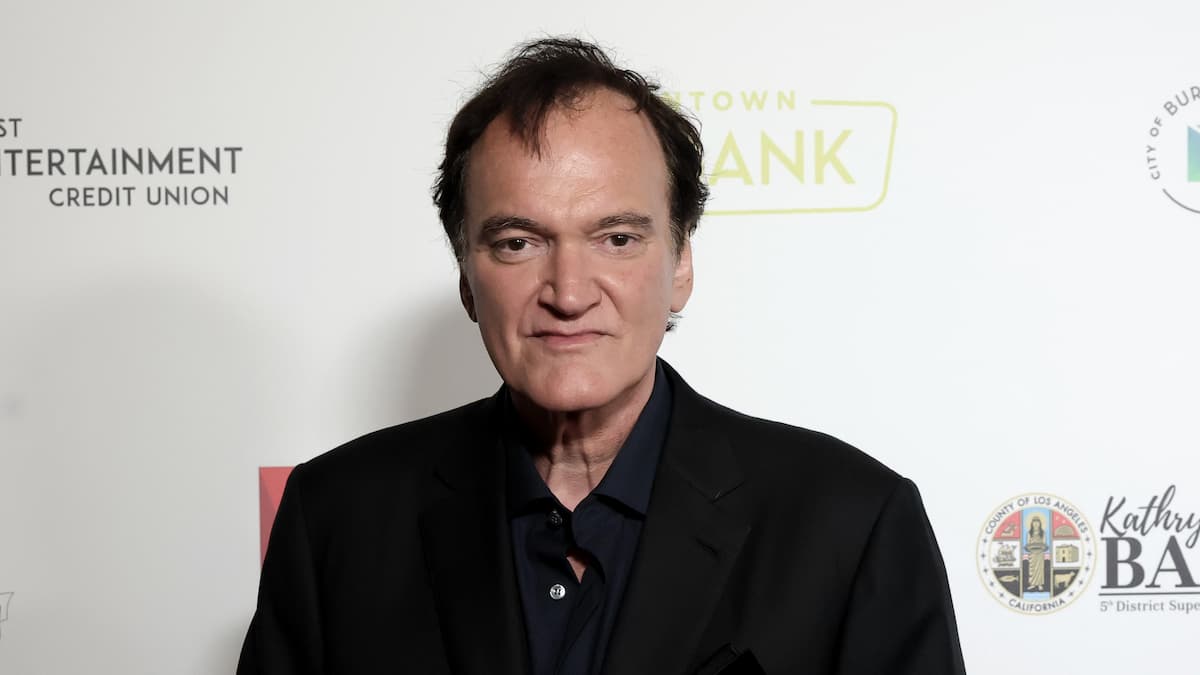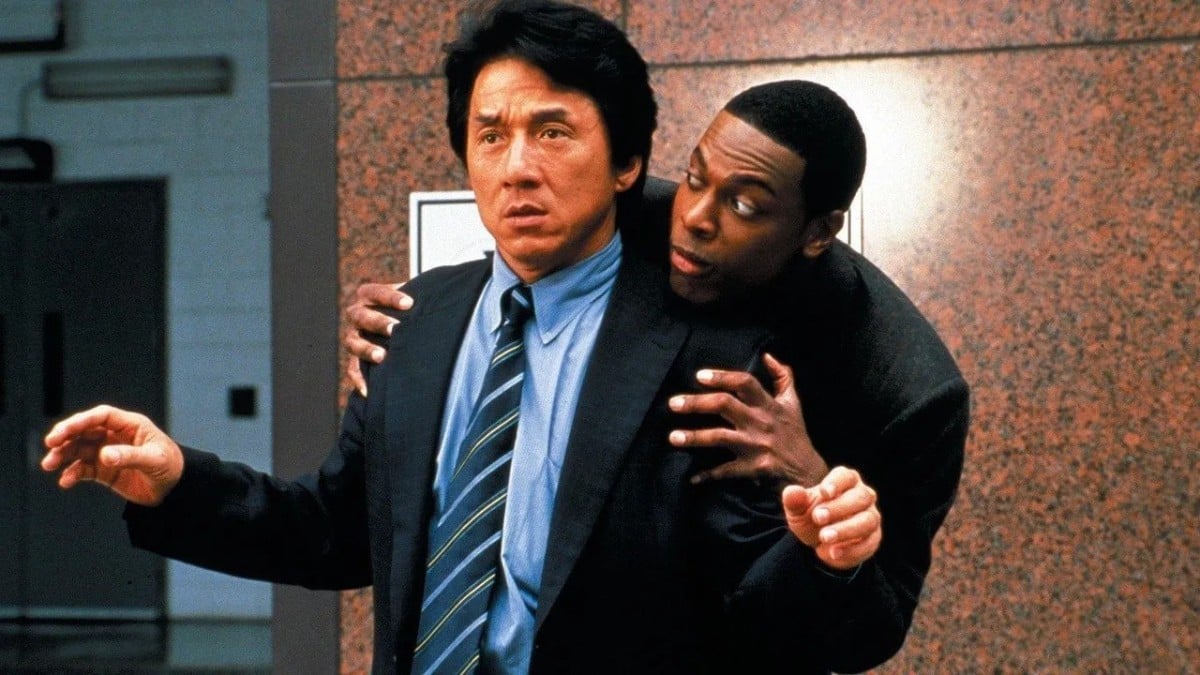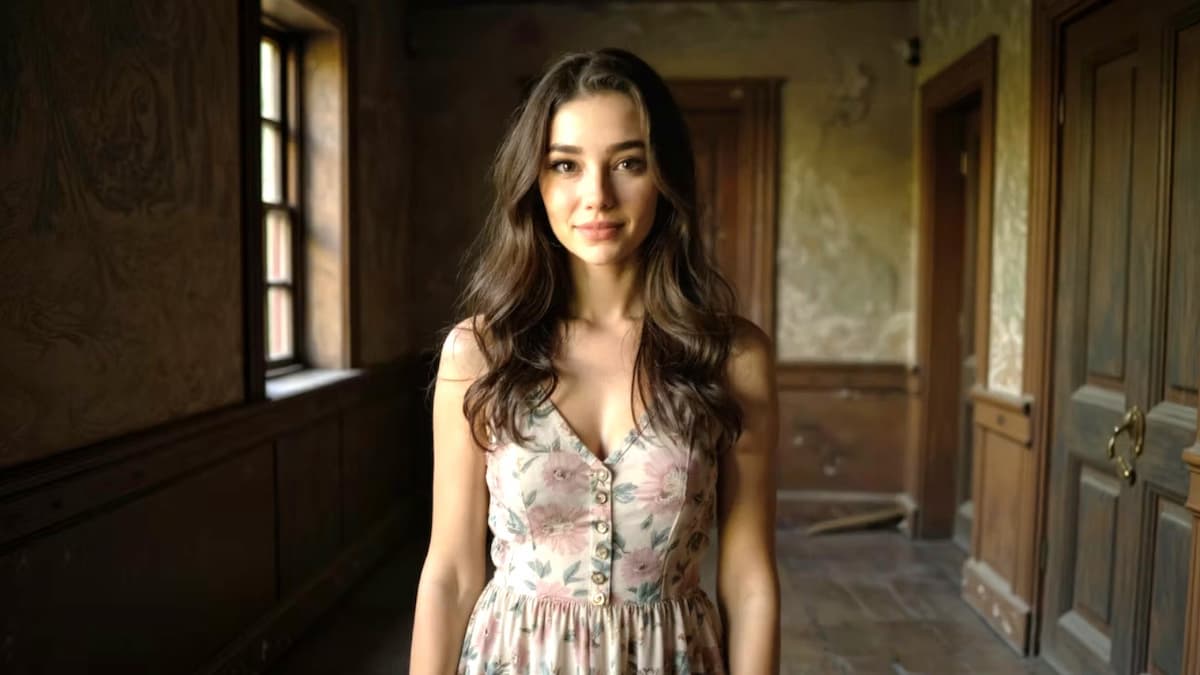
James Franco hits all new levels of bleak in As I Lay Dying, his third directorial turn in less than a year and a weighty exercise in unorthodox editing techniques and dyspeptic murmurings. While its source novel remains one of the most brilliantly observed pieces of literature in modern history, this cinematic adaptation merely lives to see itself crushed under the weight of its own extended pomposity.
The plot arc follows the ongoing travails of the Bundren family, a motley band of Depression-era Southerners living in a Mississippi backwater. The narrative revolves around the corpse of the recently deceased Addie (Beth Grant), a matriarchal exception in a world dominated by men, and the her remaining family’s struggle-laden strivance to give her an appropriate burial. Of course, each character has both their own agenda and perspective on their task, and Addie’s lifeless body spends much of the runtime playing the McGuffin necessary to develop the pasts and presents of the remnants of the Bundren clan.
From its very outset, it is evident that As I Lay Dying is an actors’ piece first, and a slice of entertainment second. Grey skies hover overhead as the rumbling notes of a sparsely utilised score punctuate an initially unerring split-screen. Your traditional widescreen view is cleft in twain to present two alternate shots of ongoing events. It’s a nifty concept, but is used with little ingenuity and seems more like an idea wasted than one worthy of praise.
The script is heavy on (occasionally incomprehensible) dialogue and the pacing is slow, with each member of the Bundrens given their own moment in the spotlight to establish their unique perspectives and briefly blurt their individual streams of consciousness directly into the camera lens. It all makes for a rather unerring viewing experience – the kind that Herzog and his ilk have thrived on for decades – but lacks the flare to pull it off, it seems like the sort of thing a set of skilled but uninspired film-school students would make were they given an inordinate budget. Films of this kind are not allowed to be merely functional.

That said, whilst the film spends much of its time slowly plodding through what is essentially an artful road movie coated in a layer of dirt-caked Southern Gothicism, it has moments where it kicks into gear and bursts into (often all-too-brief-a) life. The film’s crowning highlight (and the point that marks the transition into the markedly improved second half) features a disastrous attempt by the family to ford a swollen river.
For a few desperate minutes we watch everything and everyone spectacularly fall to pieces in a hysteria of water and mud. These brief moments of excitement unfortunately only serve to emphasize the mumbling drear that surrounds them – every time the film begins to pick up pace, it all-too-quickly sags back into its comfort zone. This is evidently a problem rooted in the script, Faulkner’s novel is – to say the least- rather hefty, and in attempting to compress as much of the source material as possible into a 2 hour cinematic experience, Franco and his co-writer Matthew Rager have left behind a film that is overthought, overwrought, and over-burdened, with too many characters squeezed into too little time.
The script presents a wrestling match for much of the cast as well as an unfamiliarity with the dialect of the period leaves several actors loosing lines with an awkwardness that completely contradicts the naturalism that defines the rest of the performances -Ahna O’Reilly’s Dewey Dell is particularly guilty of this, with a fortunately briefly cameoing Danny McBride even inciting a few winces with his delivery. McBride, however, is given a character capable of comprehensibility, a luxury not afforded to Tim Blake Nelson’s Anse – his admittedly realistic set of gross-out false teeth would have been even more impressive were he able to enunciate anything akin to a consonant through them. Prosthetic-related delivery issues and brief dialogical mistreads aside, the performances are good, with all of the leads achieving the desired intense bleakness to reflect their surroundings and situations – Jim Parrack is of particular note as the honest and ever-enduring Cash.
The visual pallet that adorns As I Lay Dying is undeniably gorgeous, in its own muted and dirt-laden way, with sweeping and ominous vistas intercut with a minute and impressive attention to period accuracy. However, these visuals stylings only served to remind me of last year’s Lawless, the John Hillcoat helmed bootlegging thriller that – whilst far from perfect- at least possessed a plot that moved at a brisk clip and a more defined balance between period accuracy and comprehensibility. As a matter of fact, I spent much of As I Lay Dying being reminded of other films I’d rather be watching – it’s not that it’s awful, there are just so many better ways to spend your time.
It’s evident that Franco believed he was creating something of great artistic relevance here, but this is an end product that will be all but forgotten a handful of years from now. Whilst not without its moments – especially when considering the impressive pedigree of both its source material, and the assembled cast- As I Lay Dying seems destined to remain a semi-admirable but wholly underwhelming adaptation of a near-unfilmable book. A case of pretension over awareness, and calculation over passion.










Published: Sep 25, 2013 11:33 am